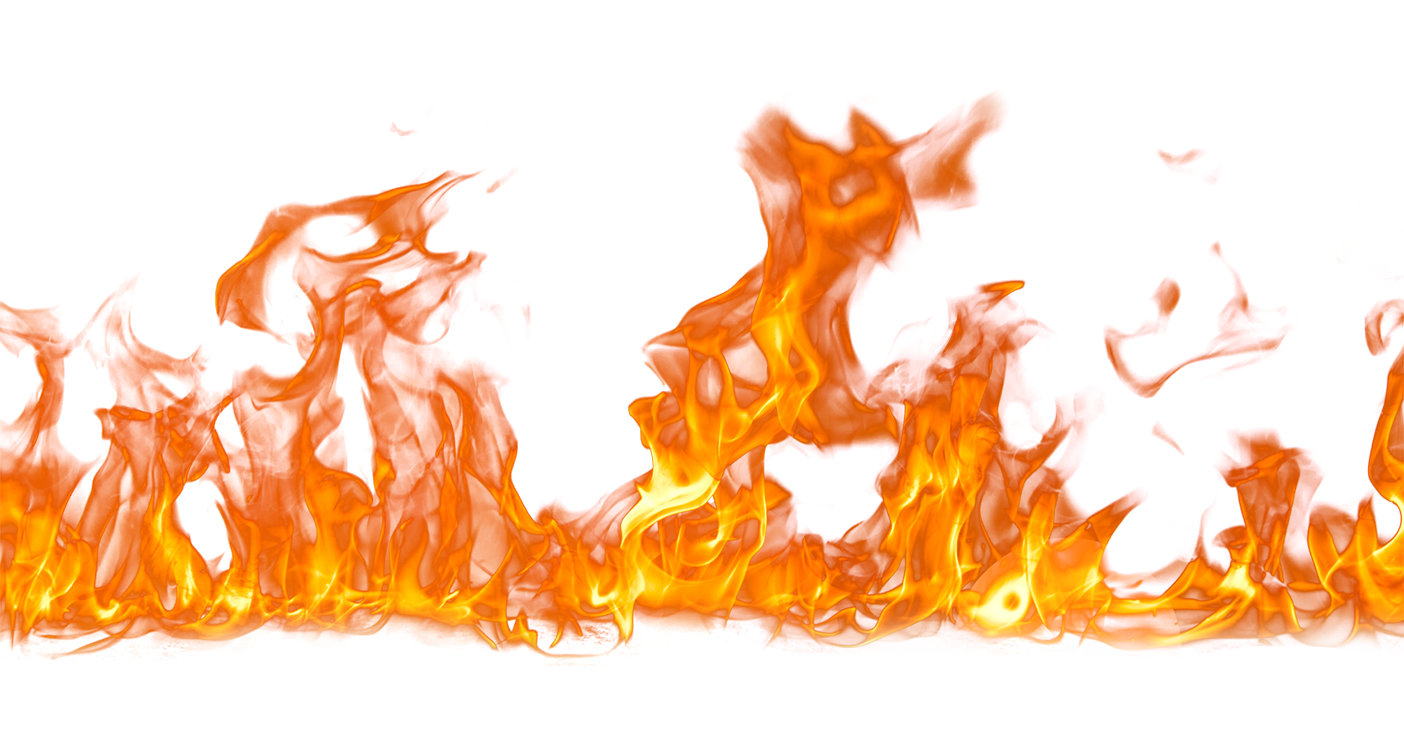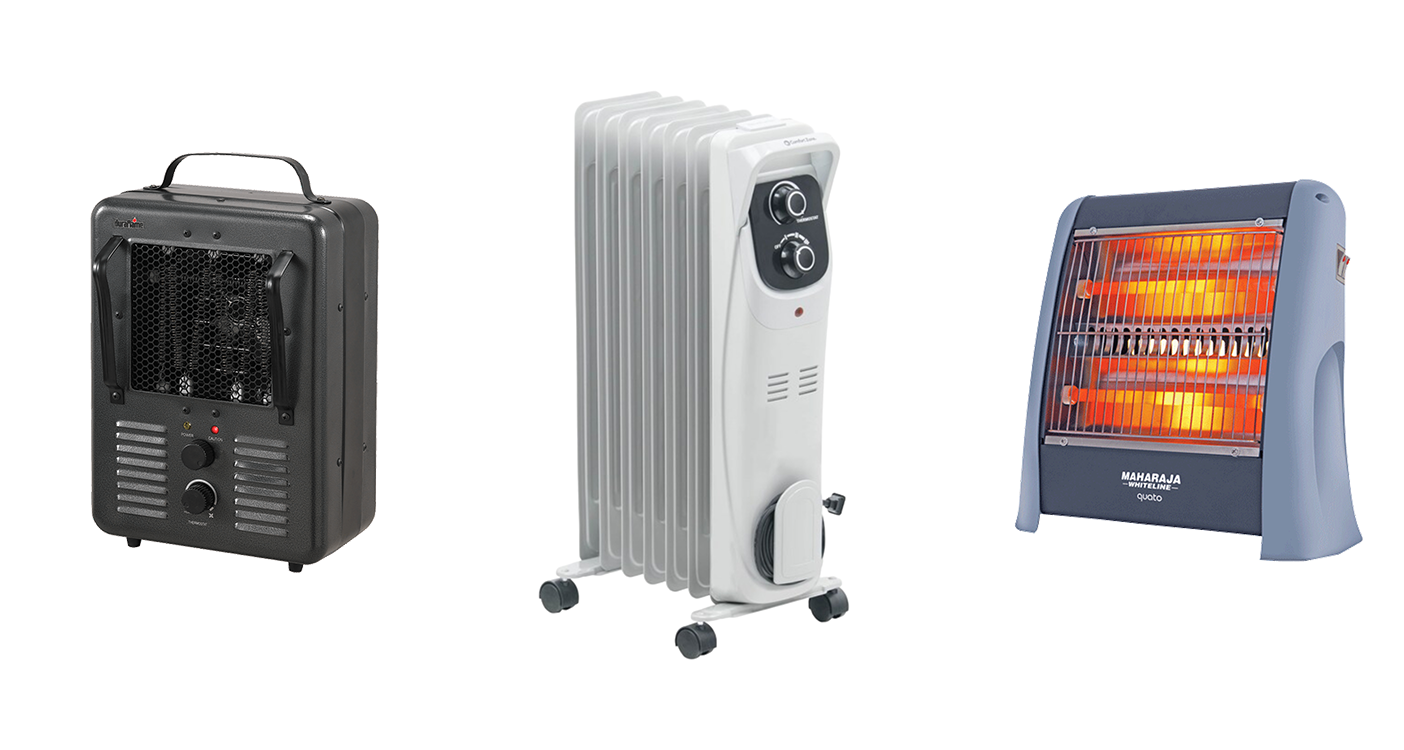|
|
|  | Fire PreventionFires can occur anywhere at any time, and they are one of the most dangerous workplace hazards. Northwestern's Fire Prevention Program provides guidance on identifying and reducing potential fire hazards on campus to ensure your safety, the safety of your colleagues and community, and the protection of university property.
Fire anatomy
To prevent fires, you should first understand what is required for a fire to ignite and stay burning. The following properties are needed to start a fire:
- Oxygen, which is plentiful in most work areas
- Fuel, such as paper, wood, and liquids
- Heat, which releases vapor from the fuel and causes ignition
Fire sustains combustion using oxygen, fuel, and heat through a chemical reaction. Once ignited, a fire will continue to burn until at least one of the above components is removed, either naturally or by extinguishment (e.g., fire extinguisher or sprinkler system). |
|
| Did you know?The Occupational Safety and Health Administration (OSHA) reports an average of more than 200 workplace fires per day and an average of more than 5,000 people injured by workplace fires annually. |
|
| Fire safety in the workplaceFires can originate from many sources in the workplace and can spread rapidly in the right conditions. Here are some examples of sources of fires in the workplace and how to prevent them:
- Welding, cutting, and brazing (i.e., hot work) tasks produce flames or sources of ignition and account for 34% of workplace fires. Always adhere to Northwestern’s Hot Work Program, which includes requirements such as obtaining a permit, inspecting the work area for hazards, and utilizing a fire watch.
- Overloaded or damaged electrical eequipment is responsible for 22% of workplace fires. Ensure equipment, cords, and power strips are in good condition and not overloaded.
- The accumulation of combustible materials provides fuel for a fire and can accelerate the spread of fire. Practice good housekeeping by removing trash from work areas often and never blocking fire protection or extinguishment equipment.
- Flammable liquids (e.g., aerosols and paint thinners) are obvious fire hazards; ensure flammable liquids are stored in approved storage cabinets that should never be blocked by equipment or materials.
|
|
| Portable space heaters
Portable space heaters are generally prohibited on campus due to the risk of fire and overloading electrical circuits. If your work area has inadequate heat, contact Facilities or Environmental Health and Safety at ehs@northwestern.edu. |
|
|
| Safety at homeAccording to the National Fire Protection Association (NFPA), 26% of reported fires occur in homes. Below are some tips to keep you and your family safe from a fire:
- Cooking appliances are responsible for 48% of home fires. Do not leave cooking equipment unattended when in use.
- Keep portable heaters and candles away from combustible materials such as bedding, curtains, and furniture. Never leave candles and portable heaters unattended, and always blow out candles and turn off heaters before going to sleep.
- Test smoke detectors monthly and replace batteries annually and when the batteries are low. Replace smoke detectors that are more than 10-years old.
- Keep a fire extinguisher at home in an accessible location (e.g., kitchen) and know how to use it; replace fire extinguishers after 12 years or after use.
|
|
| Follow the C.A.R.E. method when responding to a fire |
|
|
| Do you want to learn more? |
|
|
|
|




